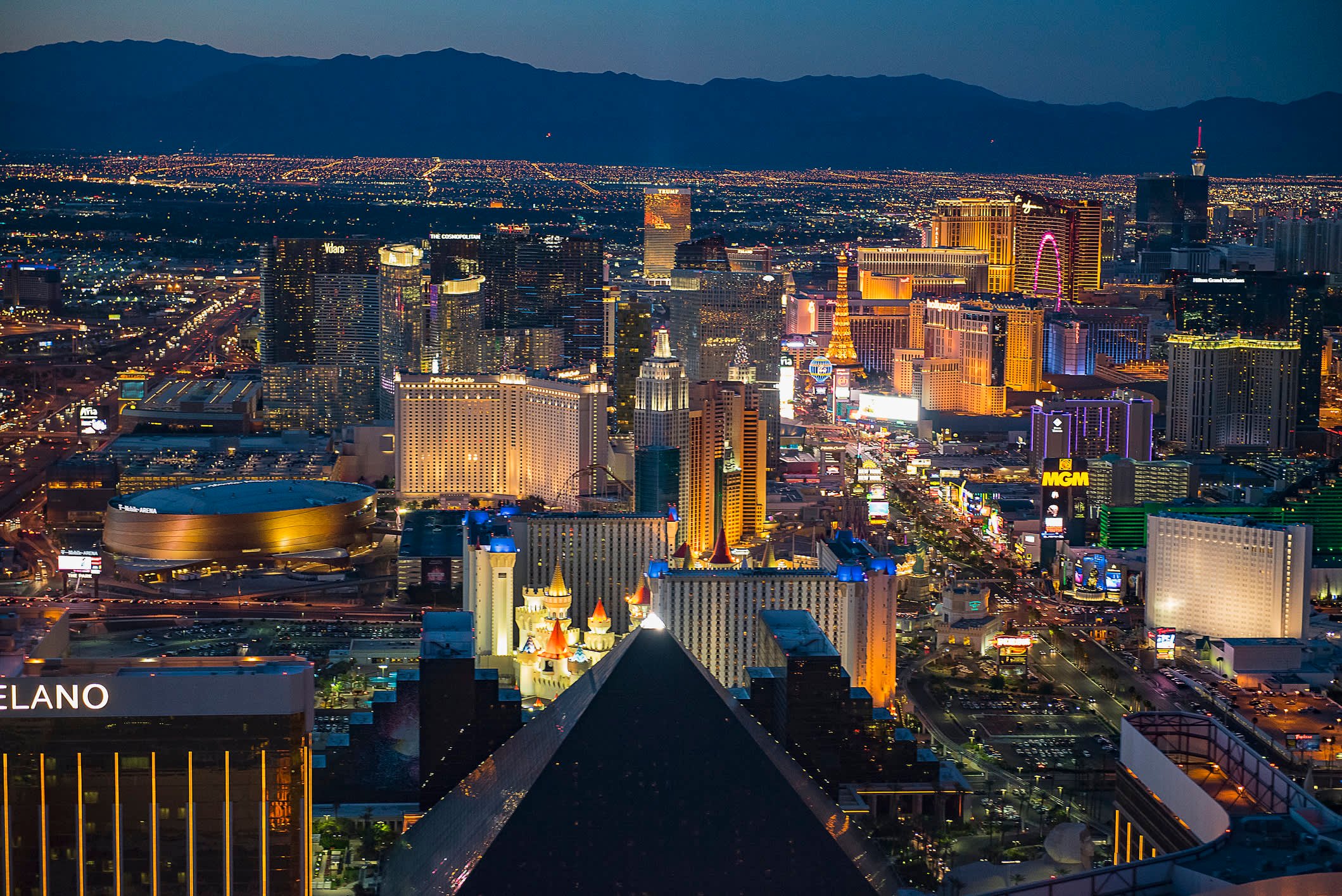Posted on: August 19, 2022, 05:25h.
Last updated on: August 19, 2022, 06:22h.
Amid concerns the US economy is softening, some analysts and investors are speculating peak Las Vegas demand has arrived or will soon do so. But data indicates otherwise.

In a note to clients today, Macquarie analyst Chad Beynon points out internet searches for Las Vegas travel jumped 3% in July following increases of 6% and 5%, respectively, in May and June. He adds that many of the July queries were directed to August and September visits, indicating Las Vegas leisure traffic could be robust this fall. Still, there’s work to be done to get back to pre-pandemic visitation levels.
Visitation in Feb-June was less than 10% off ‘19 levels and assuming roughly -5% for the rest of the year (growth from international and Group travel), that would equate to ~39 million visitors (9% below 2019),” said the analyst.
His preferred equity ideas for Las Vegas exposure are Caesars Entertainment (NASDAQ:CZR) and MGM Resorts International (NYSE:MGM), which derive 45% and 47%, respectively, of revenue from Sin City. MGM and Caesars are the two largest Strip operators. MGM controls 40% of gross gaming revenue on the Strip, according to Macquarie data.
Las Vegas Could Be Surprisingly Recession-Resistant
In theory, casino stocks and gaming-dependent cities like Las Vegas are vulnerable to economic contraction. But the consensus emerging this year among many analysts is that as long as a US recession doesn’t mirror the global financial crisis of 2008-09, Sin City could prove surprisingly durable.
“Overall, we think LV casinos are also better prepared to handle a downturn than prior cycles, with leaner cost structures (e.g., record margins) and an overall market that has seen little new supply in the past decade,” added Beynon.
Inflation could be an issue for gaming-related spending across the country. The July reading of the Consumer Price Index (CPI) checked in 8.5%, down from the prior month, but high enough to stoke speculation that neither the government nor the Federal Reserve has an adequate handle on soaring consumer prices. With travel and leisure, including casinos, considered a consumer discretionary industry, the group is highly vulnerable to inflation and would-be visitors deciding to tighten their purse strings.
Still, the GGR outlook for Las Vegas is compelling. Macquarie’s Beynon forecasts a third-quarter GGR increase of 6%, followed by a 5% jump in the last three months of the year.
Signs of Optimism in Las Vegas
In the second quarter, Caesars, MGM, and Wynn each reported daily occupancy rates north of 90%, with the Harrah’s operators realizing its best quarterly revenue per available room (RevPAR) in its history. Wynn notched average daily rates 40% above pre-pandemic levels.
A rebound in convention and group meetings business, which some analysts believe will happen in 2023, would go a long way toward propping up Las Vegas, should consumer spending decline.
“Additionally, there is strong pent-up demand for work travel and conferences (+20% seq in June), which we think should help counterbalance a softer leisure consumer,” concludes Beynon.
